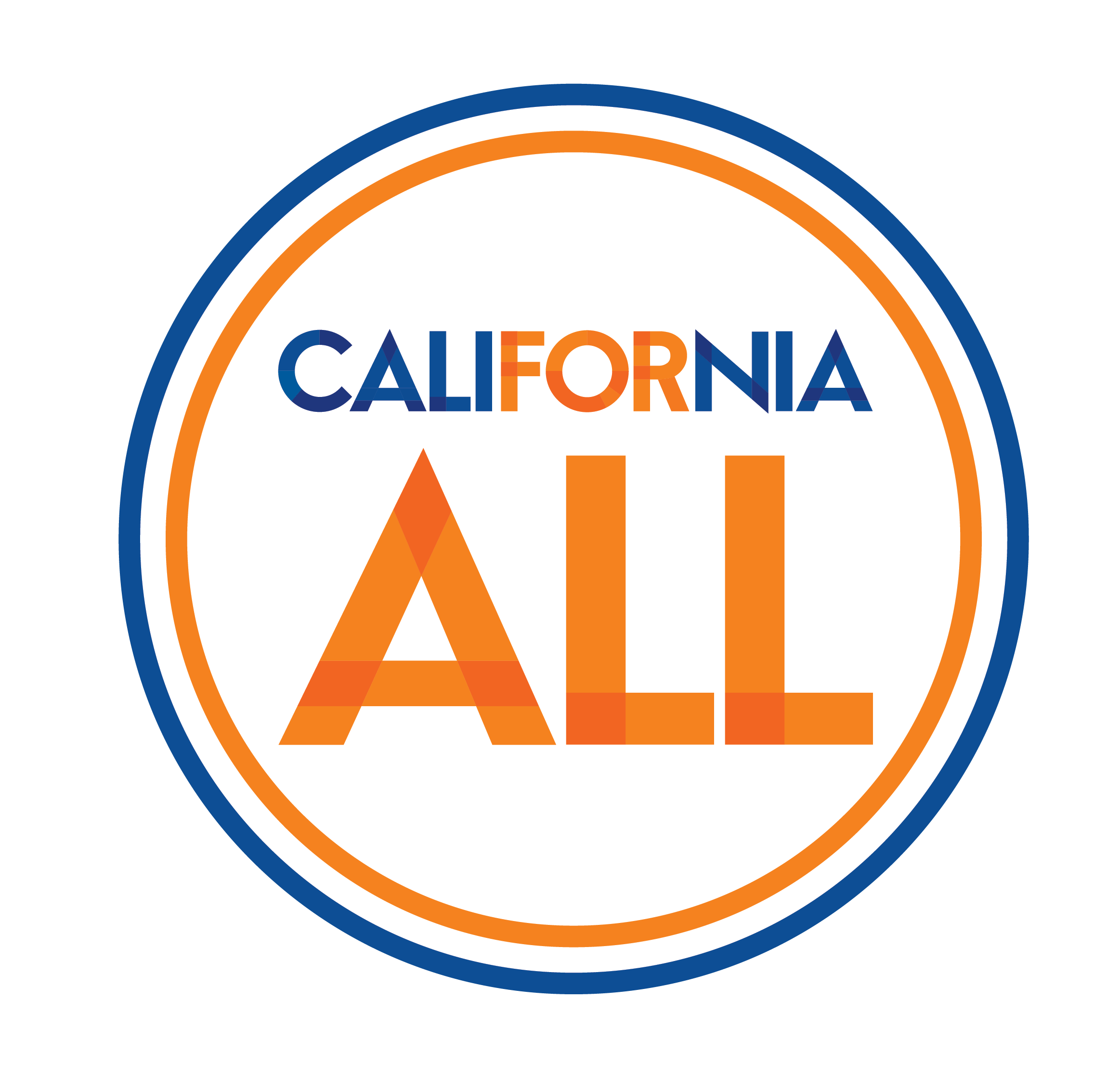This fact sheet discusses toxic chemicals that you may encounter in daily life, and how Proposition 65 warnings can help you reduce your exposure to many of these chemicals.

Unfortunately, exposure to toxic chemicals is commonplace. Some toxic chemicals are specifically made by humans for use in products. Others are found in nature, and some are produced by human activity (such as tailpipe pollutants from motor vehicles). Some actions have reduced exposure to toxic chemicals, including changes prompted by Proposition 65.
Many products, including foods, can contain toxic substances found in nature, such as lead, cadmium, and arsenic. In many cases, substandard manufacturing practices can allow avoidable levels of these substances to be present in these products. Government actions have ended many past intentional uses of these toxic substances.
These actions include bans on lead in gasoline and house paint, arsenic in treated wood, and asbestos in new residential building materials. Legal actions to enforce Proposition 65 have led businesses to reduce levels of these substances in many products, including levels of lead in faucets, children’s jewelry products, and foods.
Everyday human activities can create and cause exposure to toxic chemicals on the Proposition 65 list. For example, driving a gasoline-powered motor vehicle produces exhaust with carbon monoxide and benzene. Motor vehicle regulations have dramatically reduced emissions of these pollutants and will further reduce them as gasoline engines are phased out in California over the next several decades. In another example, frying potatoes and other starchy foods or roasting asparagus creates acrylamide in the food. Proposition 65 has played a major role in prompting businesses to find ways to reduce acrylamide in many foods.
Toxic, human-made chemicals in some products can result in exposure. Take N-methylpyrrolidone (NMP) and toluene, two common solvents. These are on the Proposition 65 list because when a pregnant person is exposed to them, they can harm the developing baby. These chemicals may be found in some products carrying a Proposition 65 warning that are sold in hardware stores.
Another example is bisphenol A (BPA). This chemical was widely used as a lining in metal food and drink cans, jar lids, and bottle caps. Efforts to decrease these uses of BPA accelerated substantially after scientific studies found that BPA can harm the female reproductive system, and the chemical became subject to Proposition 65 warning requirements.
A business that provides a Proposition 65 warning is telling you that using a product or entering a location can expose you to a significant amount of a chemical that causes cancer, harmful effects on a developing baby, or other harmful effects on reproductive health. A business does not need to provide a warning when exposure from an individual product or location is too low to significantly contribute to an overall risk of cancer or harmful reproductive effects.
Specifically, Proposition 65 warnings address:
- Exposure to cancer-causing chemicals that can contribute to the overall risk of cancer you face over your lifetime.
- Exposure to chemicals that contribute to the overall risk of harm to the developing baby, when exposure to the mother occurs during pregnancy. Additionally, exposure to certain chemicals by either the mother or father before pregnancy can harm the developing baby.
- Exposure to chemicals that contribute to the overall risk of harm to the male or female reproductive system.

If you see a warning, you can check the Proposition 65 warnings website, which has fact sheets on chemicals, products and locations commonly associated with Proposition 65 warnings. Many of these fact sheets discuss ways you can reduce your exposure when you use a product that carries a warning (like using a product in a well-ventilated area, washing your hands after handling or using a product, or choosing a safer alternative product).
If a Proposition 65 warning does not name a chemical, you can contact the manufacturer and ask for information on the chemicals that prompted the warning. For readers who want more information on particular chemicals and products associated with Proposition 65 warnings, the fact sheets provide links to other reputable websites that offer more detailed information.
Always read product labels and instructions carefully. This information, along with a Proposition 65 warning, will tell you when you should exercise special caution, such as when you consider using paint strippers or solvents containing NMP or methylene chloride. Consider using alternative products without highly toxic chemicals.
In general, when you see a Proposition 65 warning on a product that you are considering purchasing, you may wish to check whether competing products have a similar warning. Some businesses have taken steps to reduce or eliminate toxic chemicals in their products so that they do not have to provide a warning.

The risk that toxic chemicals pose to your health depends on the level of exposure you face. Given the widespread presence of toxic chemicals, everyone faces some health risk from exposure to them.
Your own risk depends on other factors, as well. These include your health history, age, and socioeconomic status, to name only a few. Your risk may also depend on your occupation, where you live, and whether you have access to quality health care.
Clearly, not all these factors are under your control. However, there are measures you can take to help lower your risk of cancer, harm to the developing baby during your pregnancy, or effects on your reproductive system. Using Proposition 65 warnings to guide your choices is just one of these measures.
- Basic measures to reduce your cancer risk include avoiding tobacco and cannabis smoke, being physically active, and consuming a diet rich in fruits, vegetables, and fiber.
- If you are expecting a baby, you can help protect the health of your child by seeking prenatal care, avoiding tobacco, alcohol, and cannabis use, following instructions on any Vitamin A supplements you might take, to avoid overdosing, and refraining from using solvents and other products containing NMP or methylene chloride.
- Tobacco smoke impacts fertility, so women and men who expect to become parents should avoid smoking.
- Workers who use, handle, or may be potentially exposed to toxic chemicals should read the Safety Data Sheets for those chemicals, use recommended protective equipment, and follow recommended work-safety practices.
Yes. Since its approval by California voters in 1986, Proposition 65 has helped people in California reduce their exposure to many harmful chemicals in two important ways.
First, by requiring written warnings, the law has provided consumers in the state with a useful tool to make informed, prudent decisions about their purchases and activities that can help them reduce their exposure.
Second, the law has provided a powerful incentive for businesses operating in California to reduce or remove chemicals on the Proposition 65 list from their products or premises to avoid having to provide a warning.

For example, Proposition 65 has helped reduce or eliminate the use of lead in a wide variety of products, including hair dye, toothpaste, ceramic ware, foil caps on wine bottles, children’s jewelry, and even some types of cookies and candy. Levels in cola drinks of 4-methylimidazole (4-MEI), a cancer-causing chemical found in some caramel coloring, have also been dramatically reduced, along with acrylamide levels in major brands of potato chips and french fries.
Proposition 65 has also led to the removal of several chemicals harmful to the developing baby during pregnancy from many nail care products, and has encouraged manufacturers of paint strippers to develop alternatives that do not contain methylene chloride or NMP.
These are just some of the many ways that Proposition 65 has helped reduce consumers’ exposure to toxic chemicals.
Scientific research continues to identify chemicals that are toxic, including many chemicals once thought to be safe. On a regular basis, chemicals become subject to Proposition 65 regulation when the scientific evidence shows they cause cancer, harm the developing baby, or impair reproductive health.
When this occurs, manufacturers who have been using these chemicals frequently look for ways to reduce or eliminate their use in their products. New warnings can alert California consumers to chemical exposure that were not previously known to cause health concerns.
In this this way, Proposition 65 continues to build upon new scientific knowledge to reduce the exposure of people in California to toxic chemicals.

Proposition 65 does this without creating new laws or government programs. Other environmental and product safety laws are important in regulating chemicals newly associated with cancer or reproductive effects. Proposition 65 helps ensure that businesses think about their use of these chemicals and that Californians are notified of their potential exposure to them.
Proposition 65
- California Environmental Protection Agency (CalEPA)
Office of Environmental Health Hazard Assessment (OEHHA)- Proposition 65: Background
- Proposition 65: The List of Chemicals
- Proposition 65: Fact Sheets




